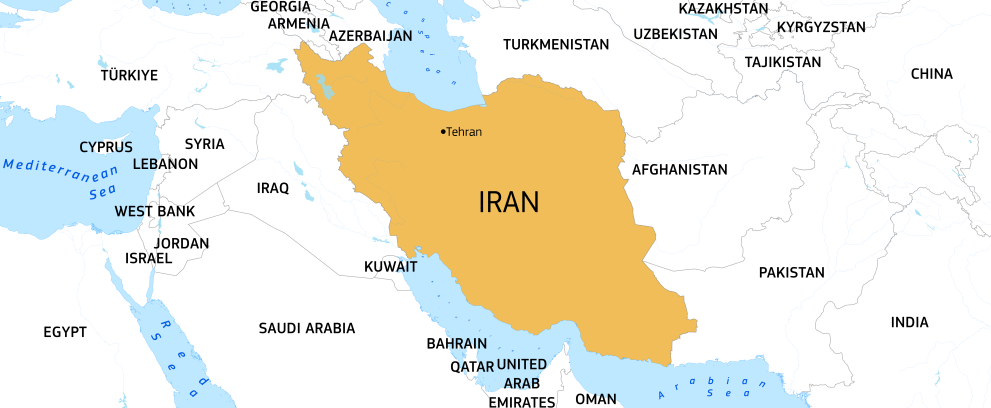Introduction
Iran is the world’s largest refugee hosting country. Due to the ongoing economic crisis, limited livelihood opportunities and restricted access to employment, vulnerable displaced Afghans and Iranians alike struggle more and more to meet their basic needs.
In addition, natural hazards take a heavy toll on people and infrastructure in Iran.
What are the needs?
With over 3.8 million refugee and refugee-like populations, the majority of whom are from Afghanistan, Iran is the world’s largest refugee hosting country. They live in cities, towns, and villages among the Iranian host community, and only 1% is residing in refugee settlements.
Depending on their registration and documentation, Afghans in Iran receive protection and have access to basic services. Although all children in Iran have in theory access to education since 2015, regardless of their nationality, Afghan children continue to face obstacles, including lack of documentation and overstretched education facilities.
There is concern regarding initial reports of more restrictive measures for Afghan children in Iran, being introduced by the Ministry of Education due to lack of schools and classrooms.
Healthcare needs are also high in the country, and the resources are insufficient to fully cover the needs of the most vulnerable registered refugees. Issues regarding the compliance with sanctions constrain the procurement of essential medical goods despite existing humanitarian exemptions. This situation hinders access to life-saving health treatment for Afghans and Iranians.
In addition, the dramatic increase of the cost of living due to inflation, coupled with limited livelihood opportunities, has severely impacted the capacity of vulnerable Afghan nationals and refugees to afford even basic goods. They also face growing resentment and discrimination caused by the economic pressure.
Iran is also one of the most disaster-prone countries worldwide. Frequent earthquakes, droughts, floods, landslides, and major storms take a heavy toll on people and infrastructure in Iran, and affect the most vulnerable among host communities, refugees, asylum seekers and migrants alike.

How are we helping?
In 2024, the EU has so far allocated almost €12.5 million in humanitarian assistance to the most vulnerable in Iran, bringing the total EU humanitarian support to over €114 million since 2016.
EU humanitarian aid provides vital assistance to the most vulnerable Afghans in Iran and their host communities, in full compliance with the ‘do no harm’ principle. This support includes education, health and nutrition, protection, basic needs, and disaster preparedness support.
EU-funded cash assistance helps vulnerable people to pay for the things they need most. It allows refugees to renew their identity documents and complete the necessary paperwork to enrol their children in schools and cover the cost of education, accommodation, essential medicines, or other basic needs.
To support the enrolment of Afghan children in the overstretched education facilities, the EU and its partners also provide support by rehabilitating schools, classrooms, and sanitation facilities.
Part of the EU humanitarian funding also supports the delivery of life-saving medicines and medical equipment in Iran, including those required to fight the spread of epidemics.
The EU also focuses on responding to natural hazards. Following floods in early 2024, the EU allocated €700,000 to provide crucial humanitarian aid to families affected by severe flooding in the southeastern Sistan and Baluchistan province. Through the EU’s support, flood-stricken communities received cash grants to meet their most basic needs. The assistance also included delivering basic healthcare services, clean water supplies and sanitation facilities, and shelter kits.
The EU’s assistance in Iran is channelled through non-governmental organisations, the International Committee of the Red Cross, the International Federation of Red Cross and Red Crescent Societies, and UN agencies.
Last updated: 30/09/2024
Facts & figures
Around 3.8. million displaced people reside in Iran with varying legal statuses.
EU humanitarian funding:
€12.45 million in 2024
€114.5 million since 2016

